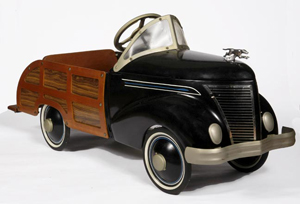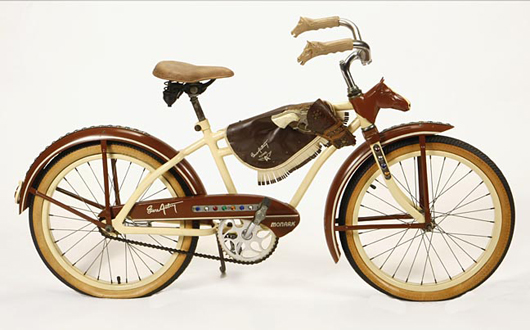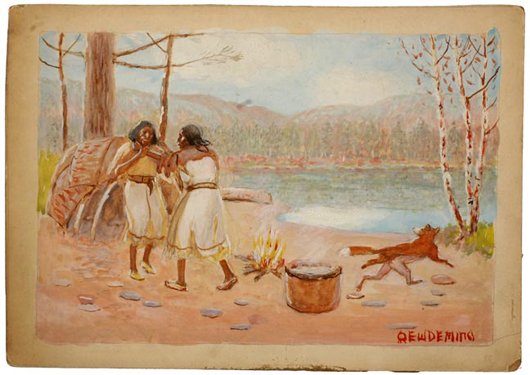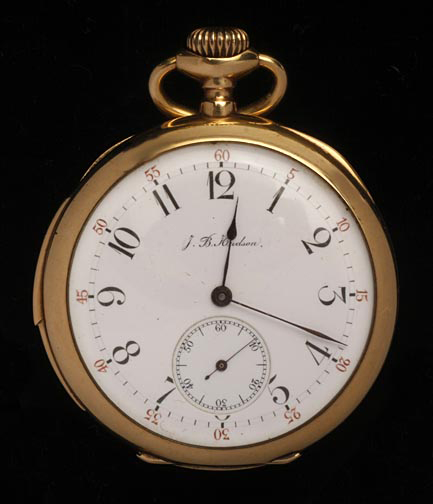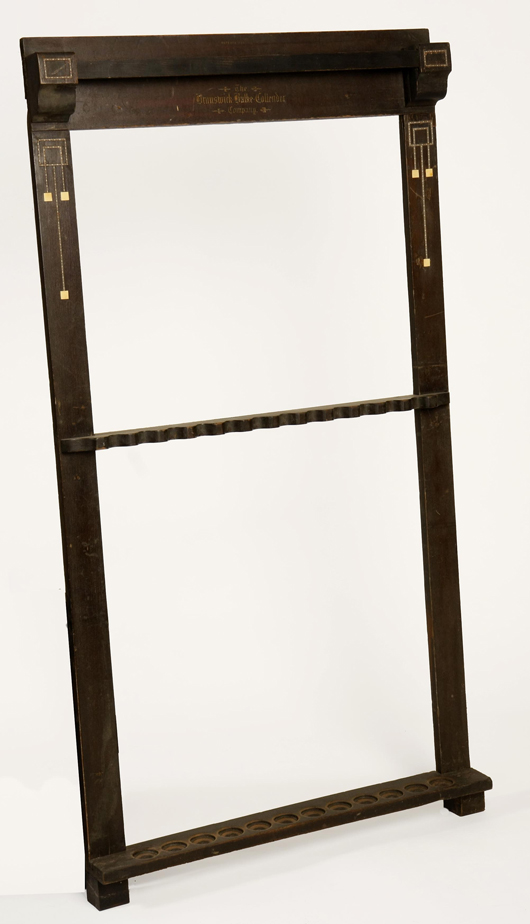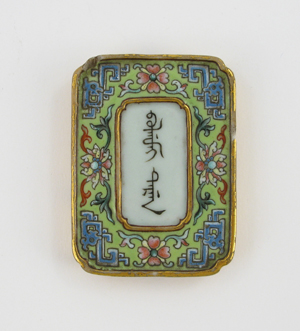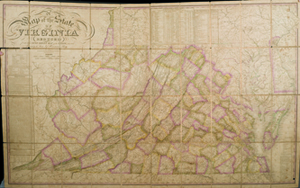PARIS (AP) – France’s efforts to digitize its culture, from Marcel Proust’s manuscripts to the first films of the legendary Lumiere brothers, long have been bogged down by the country’s reluctance to rely on help from American internet giant Google Inc.
A new startup launched Thursday says it may be the answer.
The consortium of French technology companies and government-backed IT research labs says it can provide the know-how needed by Europe’s libraries, universities, publishers and others to scan, catalog and deliver to end users the contents of their archives – better than Google can.
The consortium’s partners have studied the results of Google Books’ scanning efforts, “and we know that we can do better,” said Alain Pierrot, one of the project’s leaders.
“We also know we have a ways to go, in productivity, in quality, in profitability. And we set up the consortium to do exactly that,” Pierrot said at a news conference to present the project.
The all-French challenger calls itself “an alternative to Google,” despite a yawning gulf between them in terms of size.
The French project goes by the name “Polinum,” a French acronym that stands for “Operating Platform for Digital Books.”
It is led by Jean-Pierre Gerault, the chief executive of a French company that makes optical scanning machines used to rapidly and automatically scan thousands of book pages an hour. He said it has attracted euro4 million ($5.7 million) in financing from the European Union and local authorities in France’s Aquitaine region where it is based. It aims to have its technology operational in three years.
Google’s Google Books project meanwhile has already scanned and cataloged more than 10 million books as of last month. France’s version, the Gallica project run by the French national library, has less than a million items in its database, including books and other documents.
The consortium has a mere euro4 million ($5.7 million) in financing, collected from the European Union and local authorities in France’s Aquitaine region. Its goal is to have its technology and service operational within three years.
Pierrot says the consortium can improve on Google’s book scanning efforts with scanners that give better quality images, more advanced optical character recognition, and a more powerful search system to make finding valuable data in the mass of digitized content easier.
French President Nicolas Sarkozy has made catching up on France’s digital delay one of the national priorities by earmarking euro750 million of a euro35 billion ($51 billion) spending plan announced earlier this week for digitizing France’s libraries, film and music archives and other repositories of the nation’s recorded heritage. These funds will mainly go to French libraries, universities and museums, who will use them to develop their own plans for digitizing their holdings.
The consortium, meanwhile, intends to be the technological choice for those institutions, Gerault said. He declined to estimate what part of the euro750 million the consortium thinks it can capture.
France’s culture ministry has been in difficult negotiations with Google, which would like to help digitize France’s archives but has met resistance in France over fears of giving the internet search giant too much control over the nation’s cultural heritage, as well as over how it would protect the interests of authors and other copyright holders.
French Culture Minister Frederic Mitterand said last month that while he would like to find common ground with Google, “there are also certainly in Europe people capable of taking on all or part of the challenge.”
A progress report released this week by the culture ministry called France’s digitization efforts “slow and insufficient,” and said that the National Library’s Gallica program and a similar European-wide venture called Europeana “are not perceived as satisfactory alternatives” to Google.
Google declined to comment.
The consortium is made up of eight members, including i2S. Other members are Exalead, a French search engine, Isako, a software and electronic publishing company, and Labri, a Bordeaux-based information technology research laboratory.
Gerault rejected a suggestion that the project was a case of too little, too late.
“France is not further behind other countries, even the United States” in terms of digitizing its cultural heritage, said Gerault. “It’s not too late, the digital book revolution has just begun.”
___
On the Net: http://www.polinum.net.
Copyright 2009 Associated Press. All rights reserved. This material may not be published, broadcast, rewritten, or redistributed.


